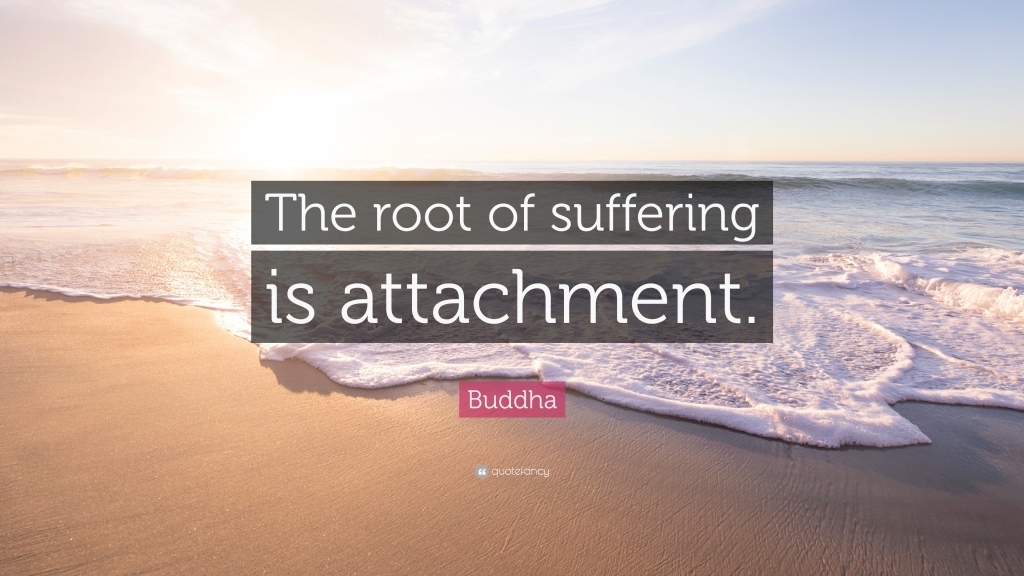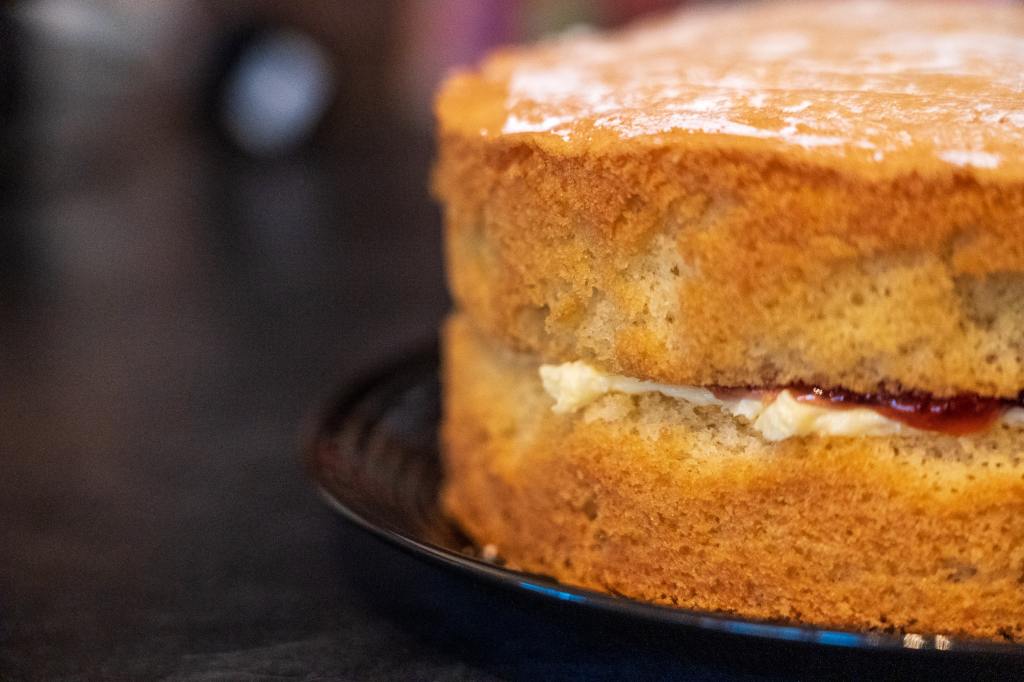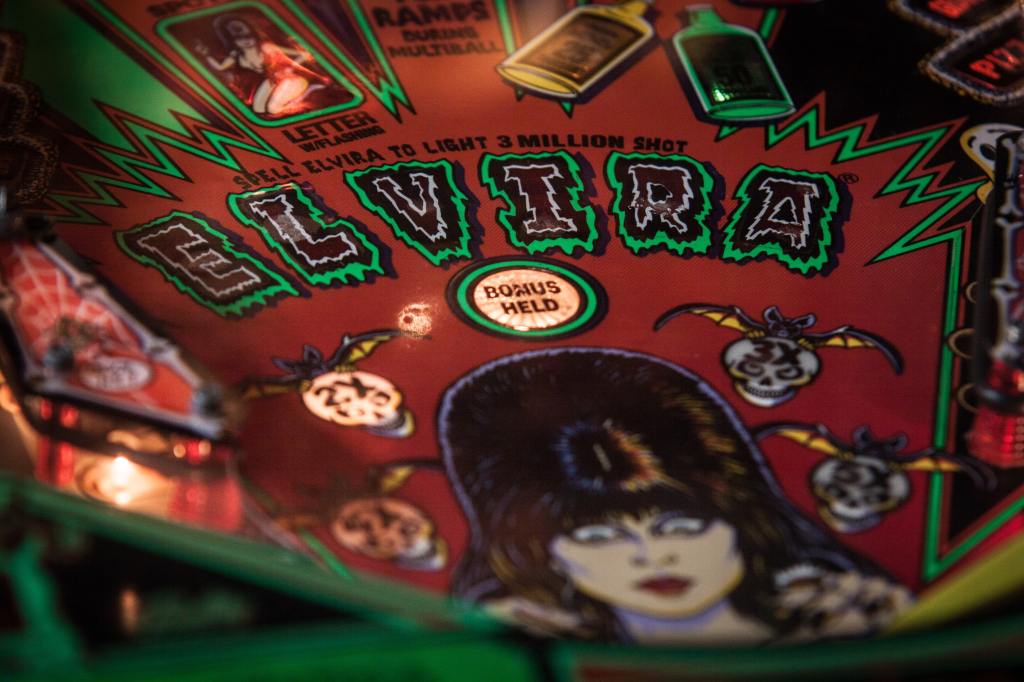Note: I mentioned this artificial Christmas tree experience in last week’s blog post.
The attic stairs groaned under my weight as I lugged the artificial, five-foot Christmas tree down. This year, decorating it was my mission, but it turned into a stark reminder of what had been and what was no longer. Over four years had passed since I had last touched it, the weight of tragedy replacing the joy and family healing it once symbolized.
As I set it down in the living room, I remembered way back to 2009 when the economic recession hit. Despite the hardship, our four-member family had weathered the storm. As per tradition, my then husband, two children and I had brought home a freshly cut tree that year. The next day when I had stood back to marvel at the tree I had finished decorating by myself (no one else liked decorating), the entire tree had toppled over on me! It was a strange, almost foreshadowing event, a prelude to the emotional avalanche that would engulf our lives just a year later. My sudden divorce, husband’s abandonment, the financial ruin, the loss… it all came crashing down the following year in 2010 like that heavy Douglas fir.
My soon-to-be ex-husband’s breakdown also had shattered our family in that year, leaving just me and my two adolescent children to face an uncertain future together. During that sad Christmas season, in the gaudy, multi-colored artificial tree we found at Walmart, my daughter and I saw a reflection of our broken selves, along with a flicker of determination to rise again. And rise again the three us us did, against all odds. Despite its disco ball appearance, the artificial Christmas tree symbolized strength, and we had purchased it, replacing our usual fresh tree that year. When we looked at it, it filled us with faith in the future, and we enjoyed it every year until 2018.
But then came 2019, the year that shattered what remained of our world. My daughter and I spent Christmas in front of greasy cartons of Chinese take-out food, the bare house echoing with sorrow. Holiday decorations lay banished in the attic, mere ghosts of past joy. In 2020, I ordered a three-foot “pencil” tree and a few handfuls of decorations that became our new holiday tradition.
This Christmas, stroking the Walmart-bought tree, memories of 2019 washed over me, the sharp sting of grief still fresh after all this time. The idea of decorating it with its own ornaments, relics of childhood Christmases, which I had also fetched from the attic, exasperated my silent ache, a reminder of the son I’d lost too soon. The once joyous act of decorating the family tree now felt like a painful, unbearable ritual, each ornament a monument to a life that was stolen from us. I opted for the familiar comfort of the pencil tree and its decorations.
Yet, returning those old treasures to the attic felt impossible. As tears welled up, a spark of something else flickered within me. While the pain of being a survivor remained, the memories of other past Christmases reminded me that the same decorated artificial tree had weathered countless storms alongside our one-time family of three, and had become a testament to the resilience of the human spirit, even in the face of fleeting life.
And that’s when I knew what I had to do. I decided to let it go. I posted an ad online, offering the Christmas tree for free.
The first two responses led to disappointment, but then came a message that tugged at my heartstrings. A single mother, struggling to make ends meet, desperately wanted the tree for her four-year-old son. My heart softened, and I did the unthinkable. I decided to give her not only the Christmas tree, but almost all of the rest of it — the lights, the ornaments, even the memories they held.
In that moment, I knew this was more than just giving away holiday decor. It was about passing on a flicker of hope, a spark of joy that could illuminate someone else’s holiday season.
“My son would have wanted your son to have it,” I explained after informing her of my decision, her profuse thanks still ringing in my ears.

Final Letting Go …
Since I was going out that evening, I left the bundle outside my garage door for her to pick up. Before pulling out of the driveway, I took a final photo of everything. A wave of bittersweet emotions washed over me. Sadness for what I had lost, but also a sense of relief and liberation.
This Christmas, like the last four before it, my home may not be filled with the familiar sights and sounds of our pre-tragedy celebrations. But in my heart, I know that the spirit of Christmas lives on. It lives on in the kindness of strangers who lend an empathetic ear, in the joy of a child, and in the quiet strength that allows us to rise from the ashes and stand ourselves tall, like a noble fir.
All rights reserved. Unauthorized use and/or duplication of this material without express and written permission from the author is strictly prohibited.













